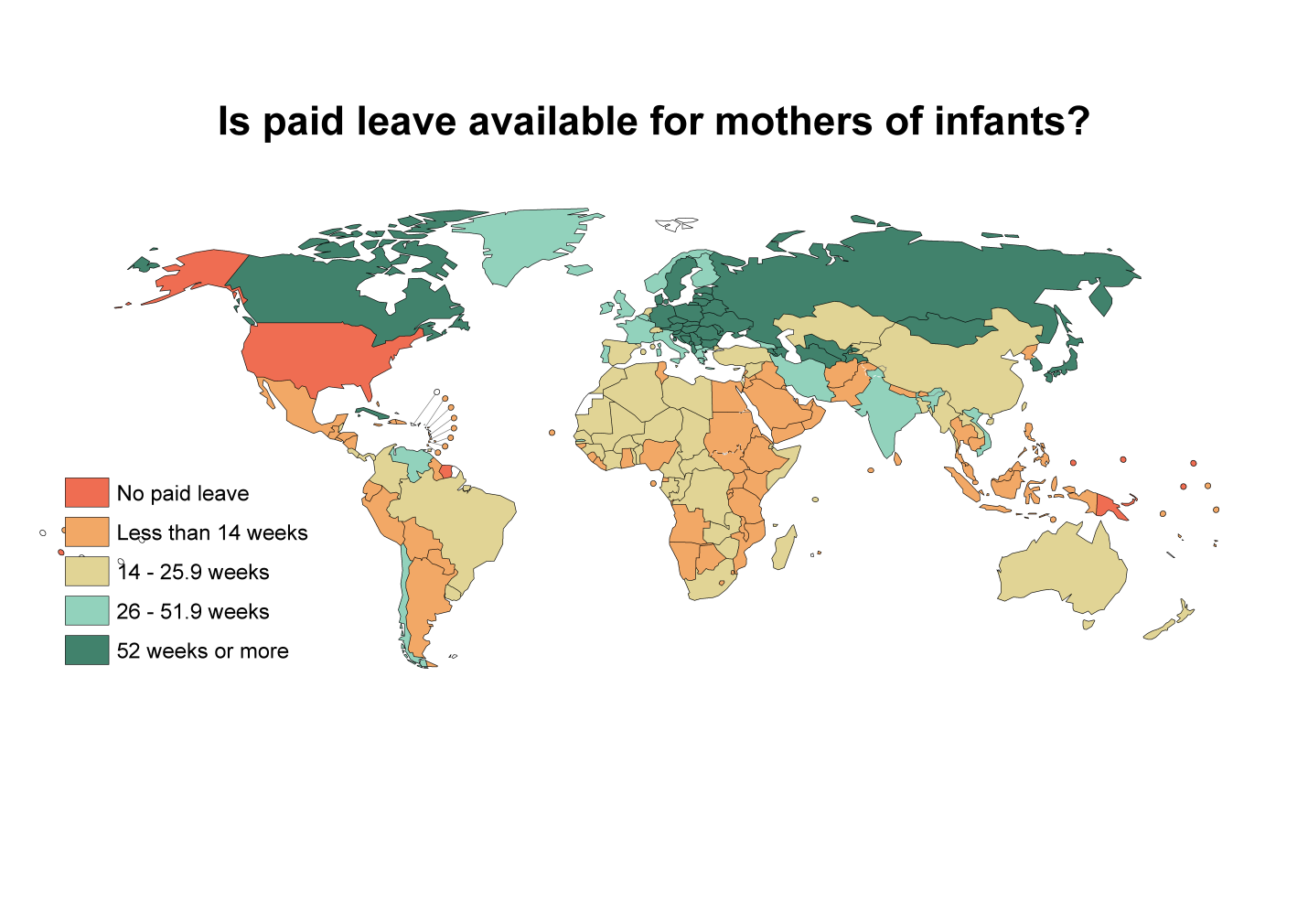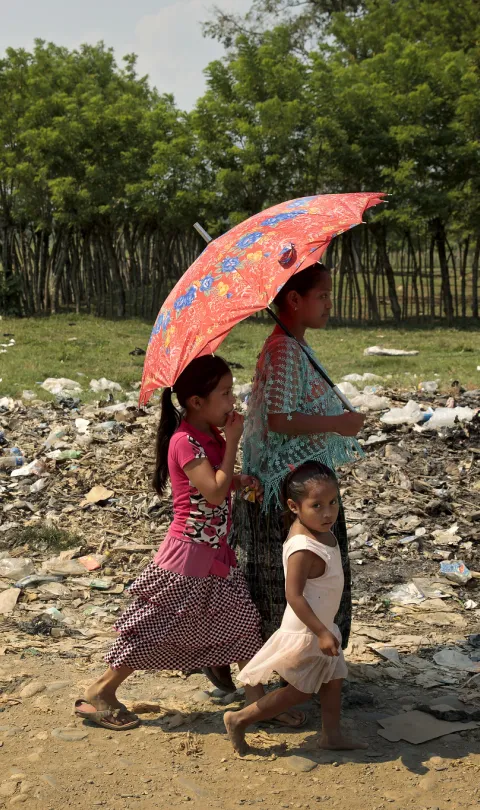Despite significant progress in recent years, millions of children around the world continue to die of preventable diseases. Poor nutrition and repeated early infections threaten the health of many more. Girls, children living in poverty, and children with disabilities remain more likely to be excluded from education, while the economic inequality women face is so great it is projected to take centuries to eliminate at the current rate of progress.
As the world moves forward on the 2030 Agenda for Sustainable Development, how do we accelerate progress—and what’s the role for data?
Evidence on what works at scale is just one piece of the puzzle, but it’s an important piece. Take the example of paid maternity and parental leave, which have been shown to improve women’s income and labor force attachment, as well as infant health outcomes, in high-income countries. But does paid leave have similar impact in low-income countries, where there may be fewer resources to fund and administer leave, and far more people in the informal economy?
Tackling questions like these—and ensuring the resulting evidence has impact—requires data on both policies and outcomes. With global, longitudinal data showing how both policies and outcomes have changed over time, we can better understand what type of policy reforms make a difference in high- and low-income countries alike, and use these findings to advance effective national action.
In the case of paid leave, by linking longitudinal data on low-income countries’ maternal leave policies with outcome data on changes in children’s health, we were able to rigorously evaluate the impacts of policy reforms across countries. In a study of 20 low- and middle-income countries, together with our colleagues at MACHEquity, we found that each additional month of paid leave reduced infant mortality by 13 percent. More recent studies with colleagues have shown how an extra month of paid maternal leave can increase average breastfeeding duration by 2.2 months, and how increasing the minimum wage by just 10 percent can significantly reduce child malnutrition.
Linking policy data to outcome data over time helps us understand what works to improve health and well-being across countries. Yet for this evidence to make a difference, we then need to monitor whether countries are adopting effective approaches. Here, too, policy data can be transformative. For example, all but eight countries worldwide provided paid maternal leave in 2015. Since paid leave of any duration will have benefits for the health of mothers and their infants, this near-universal adoption is encouraging. However, our studies have found that the length of leave matters, and ensuring women can take six months off facilitates the World Health Organization recommended period of exclusive breastfeeding—one of the most impactful infant health interventions. Around the world, just 27 percent of countries provided leave for six months, indicating that leave duration is an area for further global progress.

Source: WORLD Policy Analysis Center, Adult Labor Database (2015)
The same data-driven approach can help to monitor and assess various other SDG targets and indicators. For example, last month, the UN Commission on the Status of Women took stock of global progress around SDG 5: gender equality. Linking global policy, implementation, and outcome data can help address persistent challenges such as child marriage and gender disparities in work and education.
In a new policy brief, we make the case for linking longitudinal policy, implementation, and outcome data as a means for strengthening our collective efforts to achieve the SDGs, and SDG 5 in particular. Historically, efforts to measure countries’ progress toward meeting their global gender equality commitments have focused almost exclusively on changes in outcomes. We ultimately care about outcomes: whether more girls are getting an education, more women are accessing comprehensive healthcare, or fewer people are living in poverty. However, outcome data alone only tell us the size of the problem, not how to fix it.
Together, longitudinal policy, implementation, and outcome data can accelerate progress toward realizing the SDGs by illustrating gaps in the law, enabling us to monitor the adoption of policies that advance human rights, and improving our understandings of how specific policy choices affect outcomes. To learn more, check out our full brief on how linking policy, implementation, and outcome data can improve the status of women and girls globally. For more global policy data, interactive maps, and details on our methodology, please visit www.worldpolicycenter.org.

